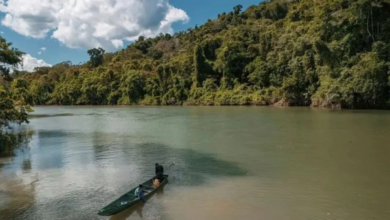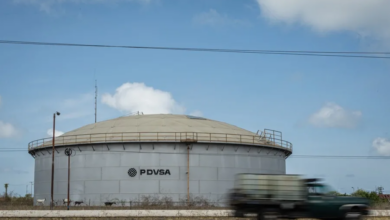Milk: the main obstacle to the FTA between Colombia and New Zealand
Colombia seeks to enter further IGNORE INTO international markets, but this is not the direction that all Colombians want

Leer en español: La leche: el principal obstáculo para el TLC entre Colombia y Nueva Zelanda
The Colombian government has negotiated different trade agreements, of which we can highlight the FTAs with: United States (2006), Chile (2006), Canada (2009), European Union (2013), and South Korea (2016). Likewise, one of the great events in foreign policy for Colombia is the creation of the Pacific Alliance (AP), an economic bloc also made up of Chile, Mexico and Peru; whose objective is to improve commercial relations with the Asia Pacific Cooperation Forum.
The FTAs are agreements between two or more States to establish commercial conditions to facilitate the exchange of products, in order to promote and generate greater profits in different economic sectors of the participating countries.
Read also: Beyond Bitcoin: These are the 6 strangest cryptocurrencies
Based on the above and in order to continue positioning the economic bloc and the Colombian State on the international stage, last year began the negotiation of an FTA with New Zealand, Australia and Singapore, nations that would seek to achieve a commercial agreement with the AP or binationally with Colombia.
It should be noted that there are many means for Colombia to build commercial relationships with New Zealand, Australia, and Singapore. However, we must clarify that the first way will be through the AP economic block; and the most interested in building economic relations with Colombia is New Zealand, which causes the option of a binational agreement to be analyzed and studied by both governments.
New Zealand: Colombian power partner
The economic strengths of these three nations could mean an increase in the national exchange and improve the conditions of foreign investment in the PA and Colombia. The goods that can be marketed vary by country. However, the commercial scheme positions banana, coffee, flowers, and agroindustry as the sectors to be strengthened and exploited with the possible agreements to be agreed upon.
Of the three potential partners of the PA and the Colombian government, the most interested in signing an economic agreement is New Zealand. For Terrie Melkie, counselor for Latin America in New Zealand, Colombia represents an investment opportunity that she hopes to promote with the FTA (either bilaterally or through the PA). This is part of the strategy of the New Zealand government, whose objective is to strengthen its presence in the region after the FTA with Chile, which has allowed it to have 41 dairies in the southern country.
The criticisms are due to milk
One of the sectors that resists is the dairy sector, which represents the highest added value in the agricultural industry. According to the Portafolio economic portal, 24.3% of agricultural GDP is produced by milk, which generates more than 700,000 jobs.
However, productivity and competitiveness are factors that concern the dairy industry. One of the main problems of the sector is that 42% of the raw milk produced in Colombia is obtained in informal channels, which means that the price standards are not respected by one part of the industry, causing unequal competition among the formal and informal sectors, which represents weakness in the dairy sector. Likewise, the internationalization of the dairy sector lacks a compact and regulated scheme, causing the sector to lack promising guarantees in the event of a commercial agreement with a country that is expert in producing milk, such as New Zealand.
For this reason, the Colombian dairy sector argues that a possible negotiation of an economic agreement with New Zealand and Australia would bury the milkmen of Colombia. Asoleche states that the FTA with the countries of the Asia-Pacific should exclude the Colombian dairy sector and should be subscribed directly with each PA Member State, since the New Zealand productivity is greater than the Colombian one, which can be represented in low prices in the products New Zealand dairy products that would come to compete with Colombian products.
Non-conformism for FTAs seems to increase. The dairy sector joins other sectors of the agro-industrial economy that resist accepting unequal economic treatment that affects the productivity and profitability of national economic industries. Negotiations can take two to three years.
Latin American Post | Bryan Andrés Murcia
Translated from "La leche: el principal obstáculo para el TLC entre Colombia y Nueva Zelanda"





